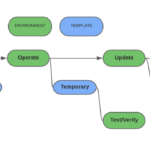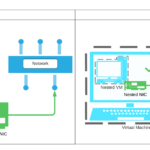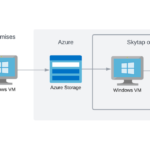Assure MIMIX HA/DR for IBM i Production Workloads is now available in Skytap on Azure
Integrated Assure MIMIX for HA/DR is now available for IBM i workloads running in Skytap! That means you can purchase cloud compute, storage, and HA/DR capabilities for IBM i workloads in Skytap, accelerating the time to value for enterprise cloud investments.








